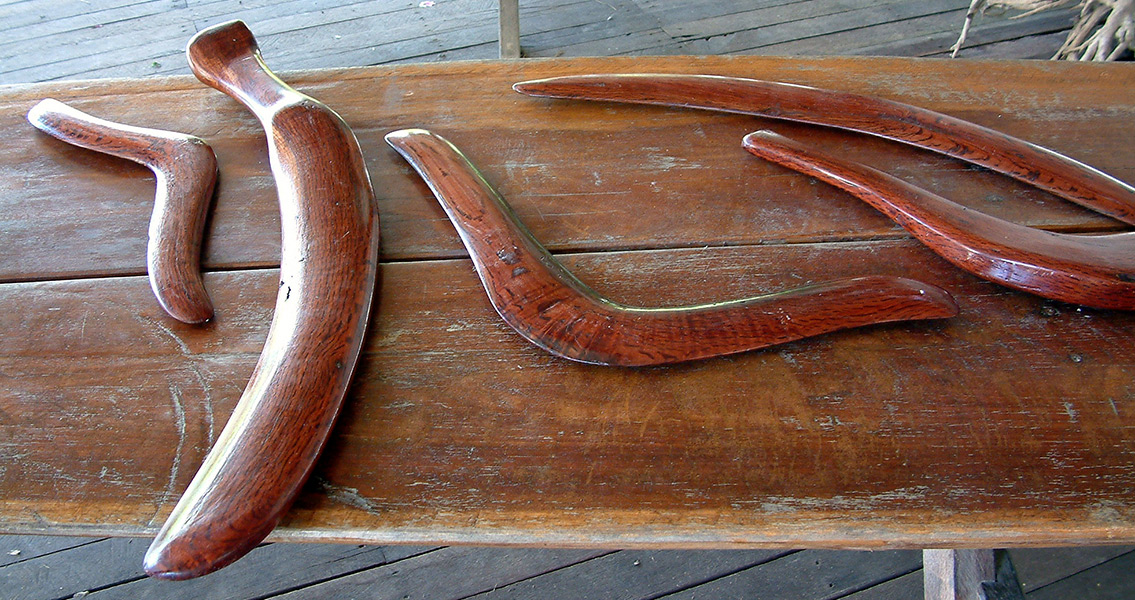<![CDATA[The mysterious fate of “Kaakutja” has been solved hundreds of years after his death. Kaakutja, which means “older brother”, was the name given to the set of ancient aboriginal remains by local elders after the skeleton was found in 2014, in the Toorale National Park in the Australian outback. Kaakutja's skeleton showed a deep cut to the face from brow to chin, which had gashed the bone and not healed, indicating it contributed to his death. Additionally, the skeleton had two broken ribs and only part of one arm. It has also been noted the skull had two wounds which did have time to heal, suggesting the incident that led to his death hadn’t been the man’s first violent encounter. Most intriguing to researchers was the head wound because it closely resembled a wound caused by a metal weapon. The original analysis led researchers to believe he’d died from wounds resulting from sharp-force trauma caused by an edged metal weapon. However, his death pre-dated the arrival of European settlers, who brought the first metal weapons to the region, by 600 years. New findings now show the man likely died from wounds inflicted by either a wooden weapon known as a lil-lil, or a wonna: a wooden war or fighting boomerang. Both weapons fit the dimensions of the skull's major trauma. Griffith University's optically stimulated luminescence dating laboratory was key to solving the question of the man’s likely cause of death. Michael Westaway, from the Research Centre for Human Evolution at the University, told The Australian that his team’s two-year investigation unearthed evidence the indigenous communities had been using deadly clubs and boomerangs which could inflict damage equal to that caused by sharp metal weapons. “The investigation of Aboriginal skeletal remains is a very sensitive topic,” Dr. Westaway said in The Australian. “Griffith University was invited by the Kurnu Barkindji to undertake this research to try and help understand when, how and why this man was killed. The results ended up being a surprise to us all,” adding, “The nature and expression of trauma suggests that some edged weapons from traditional Aboriginal culture had the capacity to inflict injuries similar to those produced by edged metal weapons.” The position of Kaakutja’s remains when he was found indicated a proper burial and not the disposal of a murder victim. To get a better understanding of what could have produced the head wound, the researchers studied the rock art at the Gundabooka Ranges, in the same vicinity and dated to approximately the same time period as the skeleton. The rock art depicts warring tribes wielding parrying shields, wonnas, fighting clubs and lil-lis. The length of the wound and the lack of injuries on the forearms (typical in hand-to-hand combat) suggests a boomerang (lil-lil) was likely the weapon. A thrown boomerang would have traveled in an arced path toward the victim, allowing it to slip behind a shield if the victim had one. The study is published in the journal Antiquity. ]]>
Research Shows Aboriginal Boomerang as Deadly as Metal Weapons
